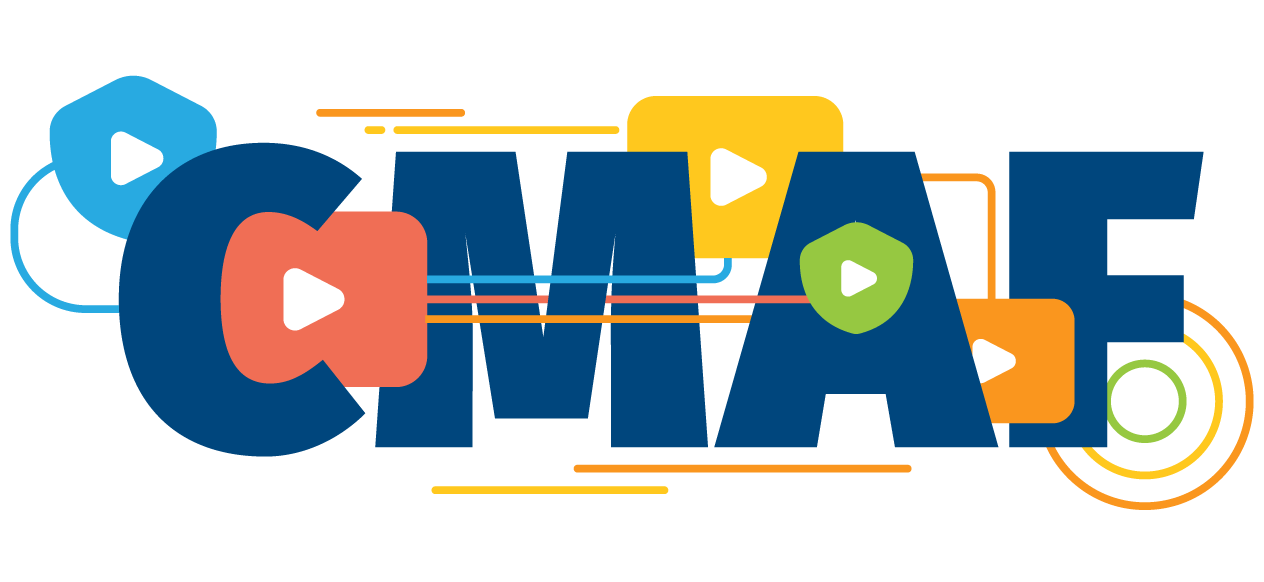

CMAF: One Format To Rule Them All
Unifying And Simplifying Video Processing And Delivery Workflows
The sudden surge in streaming demand, due to the COVID-19 pandemic, significantly disrupted the content supply chain for OTT services. While CDN providers like Akamai and Azure reported substantially increased demand, streaming services throttled their quality to keep up with the traffic. The crisis spurred questions about managing such bursts of congestion, and how to leverage technology to bring efficiency for the increasingly dominant digital video traffic.
One innovative way to save on bandwidth and network traffic is the standardization of video format, i.e., using a single set of files for all target platforms and devices. CMAF (or Common Media Application Format) is the most promising contender that is helping streaming companies to achieve this. In the VOD context, where the same content is demanded over and over by large audiences, CMAF brings high efficiency, theoretically saving over 70% of the encoding, packaging, and storage costs.
"CMAF brings high efficiency, theoretically saving over 70% of the encoding, packaging, and storage costs."

A Thing Of The Past (Or Current?)
The industry has seen numerous shifts in video processing and delivery technologies in the past decade. But the ultimate goal has always been the reduction of complexity and overall file size while maintaining the same QoS (Quality of Service) for the viewers. In the process, the industry transitioned from proprietary formats like RTMP (Real Time Messaging Protocol) to streaming over HTTP/S, a leap in providing high-quality adaptive streaming to viewer devices.
But as with any move towards standardization, it led to more fragmentation with competing organizations working on their platform solutions. The result was multiple adaptive formats like HLS, DASH, and Smooth Streaming. As a result, content providers had to encode and package their videos in each format to reach the broadest audience. Currently, HLS and DASH are the two most common containers used in the streaming industry, HLS using TS (transport stream) and DASH utilizing fMP4 (fragmented mp4).
Moving Towards The Future
This fragmentation and the added complexity forced the industry to rethink video workflows and bring forth the new technology offspring called CMAF. The new container format standardizes segmented media delivery. The format deprecates the use of TS and utilizes fMP4, thereby using only one set of video and audio files along with a lightweight manifest (the map of video segments and other meta information) for presentation and rights management. It enables OVPs (Online Video Platforms) to encode or transcode, package, and store the video only once, saving tremendously on storage capacity and processing. One more arena where CMAF shines is low latency streaming, caching efficiency, and delivery costs.
Common Security
Earlier, CMAF with DRM translated to two differing file formats, one with CTR for DRM technologies like Widevine and PlayReady, and other CBCS for Apple FairPlay. Although both are part of the common encryption scheme (CENC), the result was two files being produced with no compatibility. But this has also changed now with Microsoft and Google supporting CBCS. Hence, marking the clear winner for digital video delivery - CMAF, along with CBCS encryption.
CMAF Now or Tomorrow?
Over 94% iOS devices now support CMAF (since version 10), over 60% Android devices (since version 7.1), whereas over 60% of the devices with Chrome (68+), Edge (18+), Firefox (60+), Xbox One support CMAF with CBCS encryption. This constitutes a large number of currently circulating personal electronic devices in the market. Hence, OVPs can shift to CMAF today to benefit from all the changes they bring to the streaming industry and their workflows.
In conclusion, CMAF is an exciting new technology that brings online video streaming as close to standardization as it has been. Simpler workflows, greater efficiency in terms of storage, caching, and latency can be observed already. At Axinom, we have already built the capability to provide CMAF with CBCS to our media and transportation customers. Both our on-ground and on-board solutions, created for customers, have seen increased efficiency, especially when dealing with limited resources like storage.








